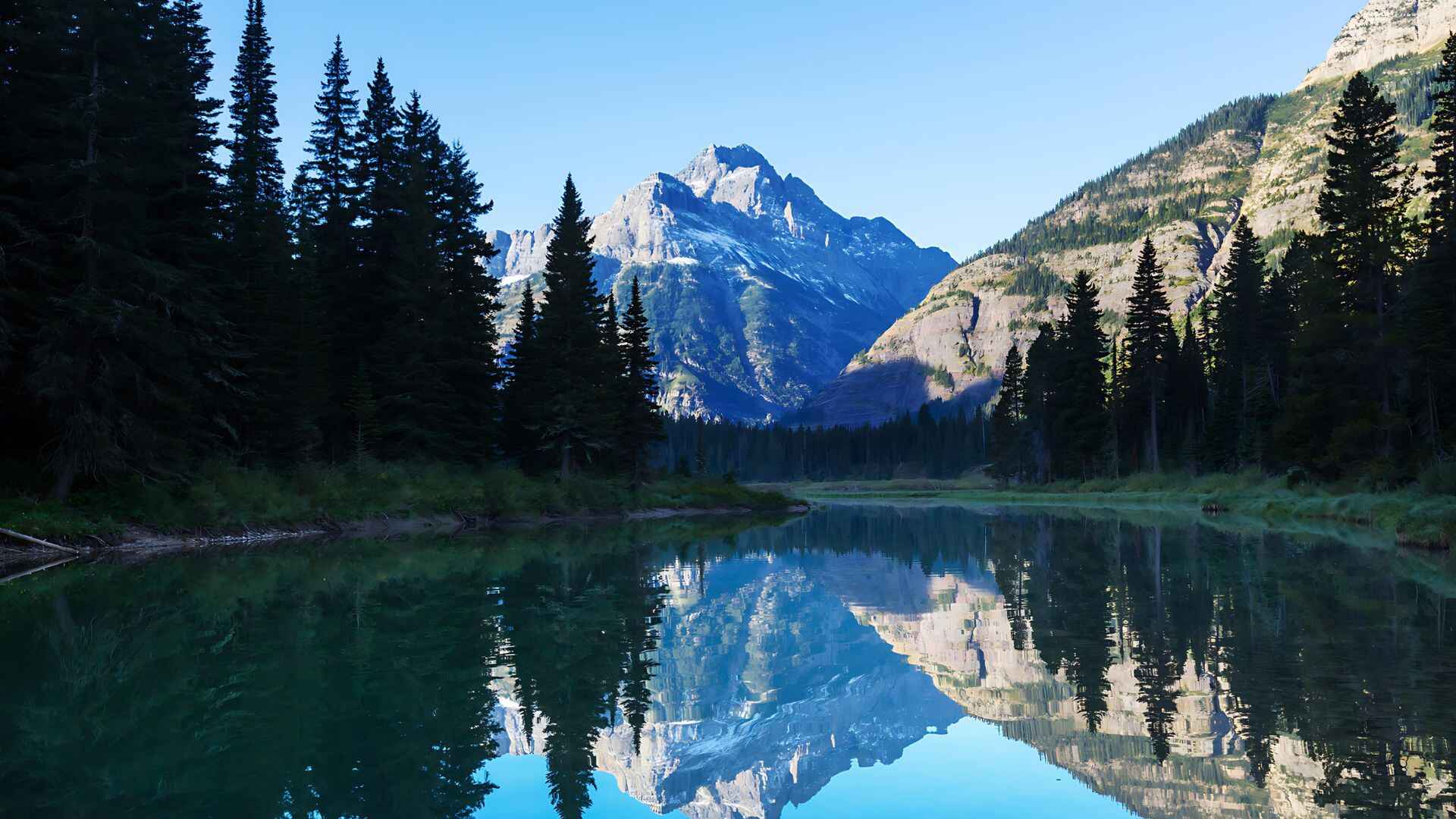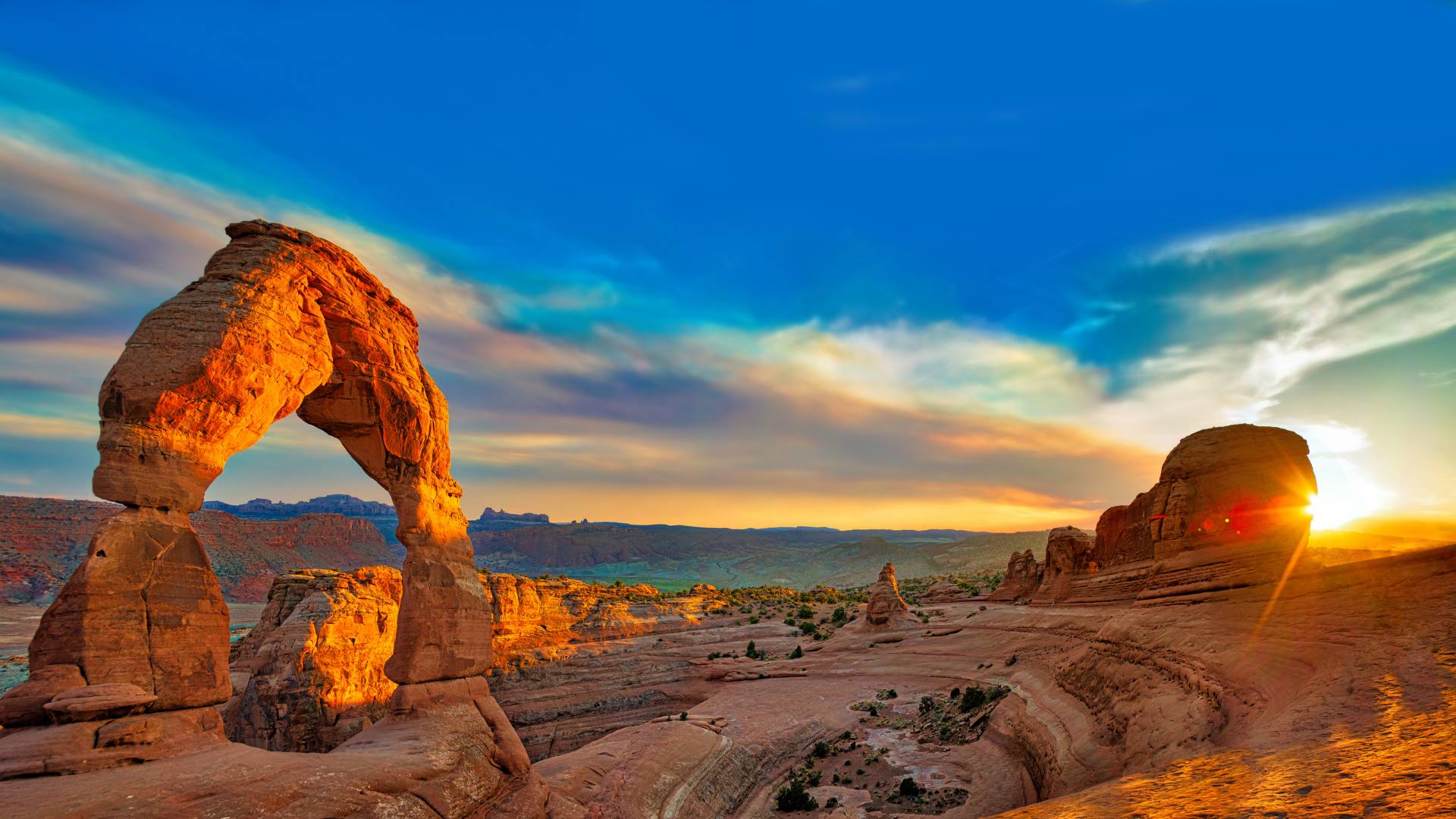Health Tips for Traveling to Glacier National Park in the USA
Visiting Glacier National Park is an unparalleled adventure, filled with majestic landscapes, diverse wildlife, and a myriad of outdoor activities. However, the park’s rugged terrain, varying weather conditions, and high elevation require thorough preparation to ensure a safe and enjoyable visit. This comprehensive guide will help you stay healthy and make the most of your time in this stunning national park.
1. Overview of Glacier National Park
Glacier National Park, located in northwestern Montana, covers over a million acres of diverse terrain, including majestic glaciers, pristine lakes, dense forests, and rugged mountain ranges. The park’s landscape is characterized by its high elevations, which range from 3,000 to 10,000 feet. With such a vast and varied environment, visitors are presented with both opportunities for adventure and challenges that need careful preparation.
2. Understanding Altitude and Acclimatization
Altitude Sickness: One of the primary health concerns when visiting Glacier National Park is altitude sickness. This condition occurs when you ascend to high altitudes too quickly, and your body doesn’t have enough time to adjust to the lower oxygen levels. Symptoms can range from mild to severe and may include headaches, nausea, dizziness, and shortness of breath.
- Gradual Acclimatization: To mitigate the risk of altitude sickness, it’s essential to acclimate gradually. Spend a day or two at a moderate elevation before heading to higher altitudes. This allows your body to adapt to the reduced oxygen levels slowly.
- Hydration: Staying well-hydrated is crucial when at high elevations. Drink plenty of water throughout the day to help your body adjust to the lower oxygen levels. Dehydration can exacerbate symptoms of altitude sickness.
- Avoid Alcohol: Alcohol can interfere with your body’s ability to acclimate to high altitudes and may worsen symptoms of altitude sickness. It’s best to avoid drinking alcohol, especially during the first few days of your trip.
- Take It Easy: During the initial days at high elevation, avoid strenuous activities. Allow yourself time to acclimate before engaging in more demanding physical exertion.
3. Weather Preparedness
Unpredictable Weather: Glacier National Park is known for its rapidly changing weather conditions. Temperatures can fluctuate significantly between day and night, and sudden storms are not uncommon. To be prepared:
- Check Weather Forecasts: Before heading out for the day, check the weather forecast for the park. This will help you plan your activities and dress appropriately for the conditions.
- Layered Clothing: Wear several layers of clothing so you can adjust to changing weather. A moisture-wicking base layer will keep you dry, an insulating mid-layer will provide warmth, and a waterproof outer layer will protect you from rain and wind.
- Rain Gear: A durable rain jacket and waterproof pants are essential for sudden downpours. These items will help keep you dry and comfortable, even during unexpected storms.
4. Wildlife Safety
Encountering Wildlife: Glacier National Park has many types of wildlife, such as grizzly bears, black bears, moose, mountain goats, and bighorn sheep. To keep yourself safe and protect the animals:
- Maintain a Safe Distance: Always observe wildlife from a safe distance. Use binoculars to get a closer look rather than approaching the animals. This is both safer for you and less stressful for the wildlife.
- Proper Food Storage: Bears and other wildlife are attracted to food, so it’s crucial to store all food and scented items properly. Use bear-proof containers or food lockers provided by the park to keep these items secure.
- Bear Safety: If you’re hiking or camping in bear country, carry bear spray and know how to use it. Make noise while hiking to avoid surprising bears, as they may react defensively if startled.
- Avoid Feeding Animals: Feeding wildlife can lead to dangerous behavior and disrupt their natural foraging patterns. Never feed animals, and always clean up after yourself.
5. Hiking and Trail Safety
Trail Conditions: Glacier National Park offers a range of trails, from easy walks to challenging backcountry routes. To ensure a safe hiking experience:
- Choose Trails Wisely: Select trails that match your fitness level and experience. For more challenging hikes, consider hiring a guide who is familiar with the park’s terrain and conditions.
- Stay on Marked Trails: To minimize your impact on the environment and reduce the risk of getting lost, always stay on marked trails. This also helps protect delicate ecosystems and prevents trail erosion.
- Map and Compass: While GPS devices can be helpful, they may not always work in remote areas. Carry a physical map and compass, and know how to use them to navigate the park’s trails.
- Inform Others of Your Plans: Let someone know your hiking plans, including your expected return time. This is especially important for longer or more remote hikes, as it ensures that someone will be aware if you encounter problems.
6. Hydration and Nutrition
Hydration: Proper hydration is essential for maintaining energy and health, particularly at high altitudes. Ensure you:
- Regular Water Intake: Carry sufficient water and drink regularly throughout the day. Not drinking enough water can cause tiredness, headaches, and other health problems.
- Water Purification: If you plan to drink from natural water sources, use water purification methods such as filters or purification tablets. This ensures that you avoid waterborne illnesses.
Nutrition: Eating a balanced diet helps sustain your energy levels throughout your activities. Focus on:
- High-Energy Snacks: Pack high-energy snacks such as nuts, trail mix, and energy bars. These foods are easy to carry and provide quick energy for your hikes and explorations.
- Avoid Heavy Meals Before Hiking: Heavy meals can cause discomfort and sluggishness. Opt for lighter meals before embarking on physical activities to avoid digestive issues.
7. Sun Protection
Sun Exposure: The intensity of the sun increases with altitude, making sun protection particularly important. To protect yourself:
- Use Sunscreen: Apply a broad-spectrum sunscreen with a high SPF regularly throughout the day, especially on exposed skin. Reapply after swimming or sweating to ensure continuous protection.
- Wear Sunglasses: Protect your eyes from harmful UV rays with sunglasses that block 100% of UV radiation. This helps prevent eye strain and reduces the risk of eye damage.
- Wear a Hat: A wide-brimmed hat provides additional protection for your face, neck, and ears from direct sunlight.
8. First Aid and Emergency Preparedness
First Aid Kit: Carry a well-stocked first aid kit that includes essential items such as bandages, antiseptic wipes, pain relievers, blister treatment, and any personal medications you may need.
Emergency Contacts: Familiarize yourself with emergency contact information for the park, including ranger stations and emergency services. Note that cell phone reception can be limited in remote areas, so knowing where to find help is crucial.
Recognize Health Issues: Be aware of symptoms related to altitude sickness, dehydration, hypothermia, and other potential health issues. Understanding these symptoms enables you to take prompt action if they arise.
9. Respecting the Environment
Leave No Trace: Follow the Leave No Trace principles to minimize your impact on the park’s environment. This includes packing out all trash, staying on established trails, and avoiding picking plants or disturbing wildlife.
Camping Etiquette: If camping, use established campsites and adhere to park regulations regarding campfires and food storage. This helps preserve the park’s natural beauty and ensures a safe experience for all visitors.
10. Special Considerations
For Families: When traveling with children, choose family-friendly trails and activities. Ensure children are prepared for the park’s conditions, and keep a close watch on their safety. Pack plenty of snacks, water, and entertainment to keep them comfortable and engaged.
For Seniors: Older visitors should take extra precautions to manage their health and stamina. Opt for shorter, easier hikes and ensure you stay hydrated and rested. It’s also a good idea to consult with a healthcare provider before your trip to address any specific health concerns.
For People with Disabilities: Glacier National Park offers accessible facilities and trails. Check the park’s website or contact visitor services for information on accessible options and accommodations to ensure a comfortable visit.
11. Preparing for Backcountry Adventures
Backcountry Safety: If you plan to explore the backcountry, additional precautions are necessary:
- Permits and Regulations: Obtain any necessary permits and familiarize yourself with park regulations for backcountry camping and hiking.
- Navigation Skills: Ensure you have strong navigation skills or a knowledgeable guide. Backcountry areas can be remote and challenging to navigate.
- Emergency Planning: Prepare for emergencies by carrying a satellite communicator or emergency beacon. This ensures you can call for help if needed, even in areas with limited cell service.
Conclusion
A trip to Glacier National Park offers an unforgettable experience, with its dramatic landscapes and outdoor adventures. By following these travel health tips and preparing adequately, you can ensure a safe and enjoyable visit to one of America’s most beautiful national parks. From acclimatizing to high altitudes to staying hydrated and respecting wildlife, proper planning is key to making the most of your adventure. Enjoy the stunning views, diverse wildlife, and natural wonders of Glacier National Park, and remember to prioritize safety throughout your journey.
For more detailed information and updates, consult the official Glacier National Park website and other reliable resources. Safe travels and happy exploring!




